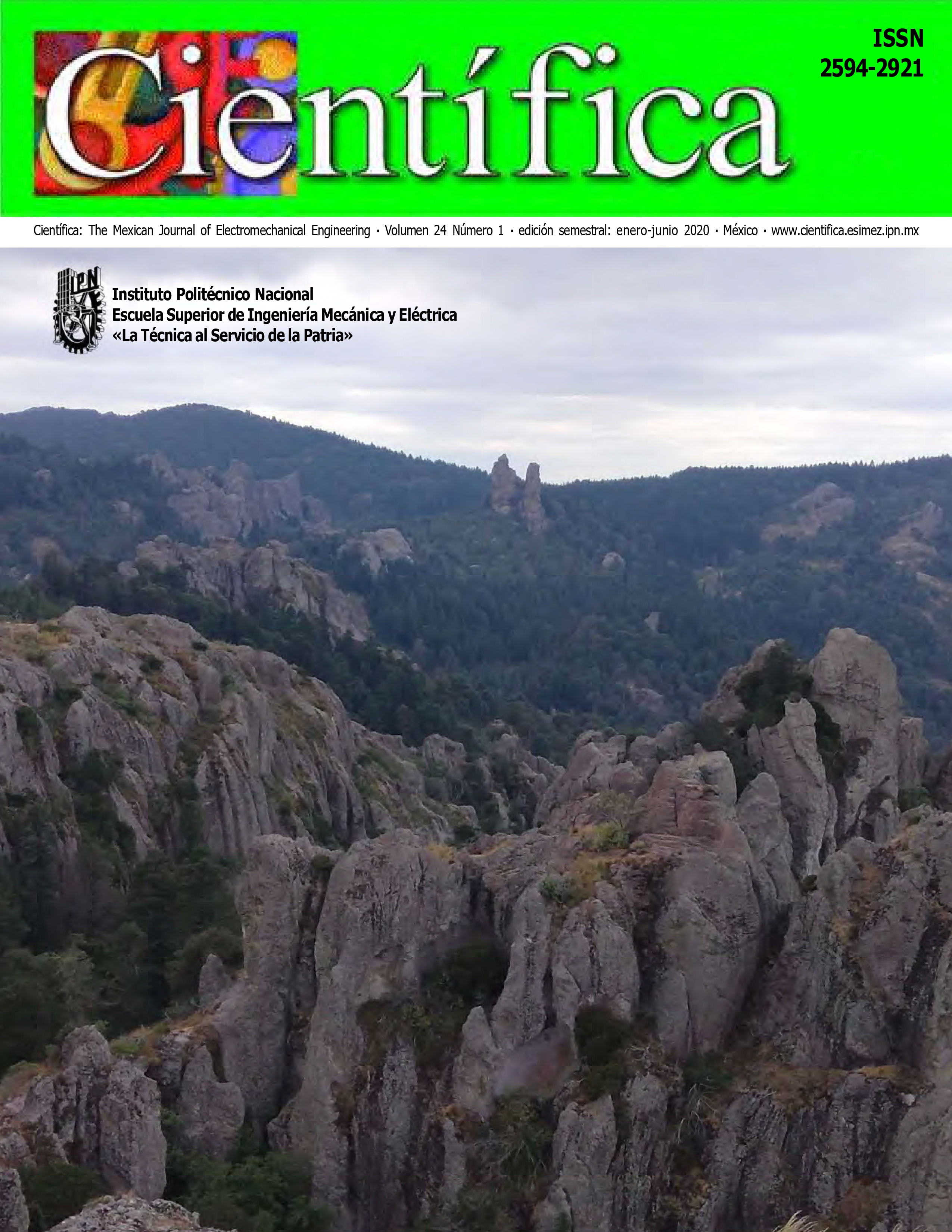Analysis of the Transmission Time Interval Impact onthe 5G Radio Access Network Latency
DOI:
https://doi.org/10.46842/ipn.cien.v24n1a03Keywords:
5G, latency, TTI, numerology, new radioAbstract
5G Communication Systems are expected to support URLLC services, which impose strict latency and reliability requirements. The International Telecommunication Union (ITU) has consider to restructure the 5G physical frame to adapt Time Transmission Interval (TTI) according to services requirements. This paper analyze the impact of the TTI on the 5G Radio Access Network (RAN) Latency. To achieve this, the 5G physical frame is studied and scenarios with different parameters are designed according to the physical level latency. These scenarios are implemented in the ns3 simulation tool, using the mmWave module for 5G systems. Results show that TTI influences significantly on the RAN latency, however it is necessary to consider network characteristics and services.
References
N. Isachenko, "El papel de la información y las tecnologías de la información y la comunicación en la sociedad moderna", Utopia y Praxis Latinoamericana, vol. 23, pp. 361-367, 2018.
M. Agiwal, A. Roy, N. Saxena, "Next Generation 5G Wireless Networks: A Comprehensive Survey," IEEE Commun. Surv. Tutor., vol. 18, no. 3, pp. 1617-1655, thirdquarter 2016.
S. Zhang, X. Xu, Y. Wu, L. Lu, "5G: Towards energy-efficient, low- latency and high-reliable communications networks," in Proc. IEEE Int. Conf. on Commun. Syst. (ICCS), noviembre 2014, pp. 197-201.
J. Butler, "5G Spectrum Challenges", 5G Radio Technology Seminar. Exploring Technical Challenges in the Emerging 5G Ecosystem, 2015.
The Mobile Broadband Standard, "Release 15 - 3GPP", 2019. [en línea]. Disponible en: https://www.3gpp.org/release-15
B. Rong, J. Zhou, M. Kadoch, G. Sun, "Emerging Technologies for 5G Radio Access Network: Architecture, Physical Layer Technologies, and MAC Layer Protocols", Wireless Communications and Mobile Computing, vol. 2018, pp. 1-2, 2018.
S. Lien, S. Shieh, Y. Huang, B. Su, Y. Hsu, H. Wei, "5G New Radio: Waveform, Frame Structure, Multiple Access, and Initial Access", IEEE Communications Magazine, vol. 55, núm. 6, pp. 64-71, 2017.
Techmahindra.com, 2019 [en línea]. Disponible en: http://www.techmahindra.com/documents/WhitePaper/WhitePaperLatencyAnalysis.pdf
N. Maskey, S. Horsmanheimo, L. Tuomimaki, "Analysis of latency for cellular networks for smart grid in suburban area", IEEE PES Innovative Smart Grid Technologies, Europe, 2014.
S. Ahmadi, "A Practical Systems Approach to Understanding 3GPP LTE Releases 10 and 11 Radio Access Technologies". Elsevier Science, LTE-Advanced, 2013.
GitHub, 2018 [en línea]. Disponible en: https://github.com/nyuwireless-unipd/ns3-mmwave
3GPP, Study on channel model for frequencies from 0.5 to 100 GHz, Reporte Técnico 38.901, 2018.
Downloads
Published
Issue
Section
License
Copyright (c) 2020 Instituto Politecnico Nacional

This work is licensed under a Creative Commons Attribution-NonCommercial-ShareAlike 4.0 International License.

